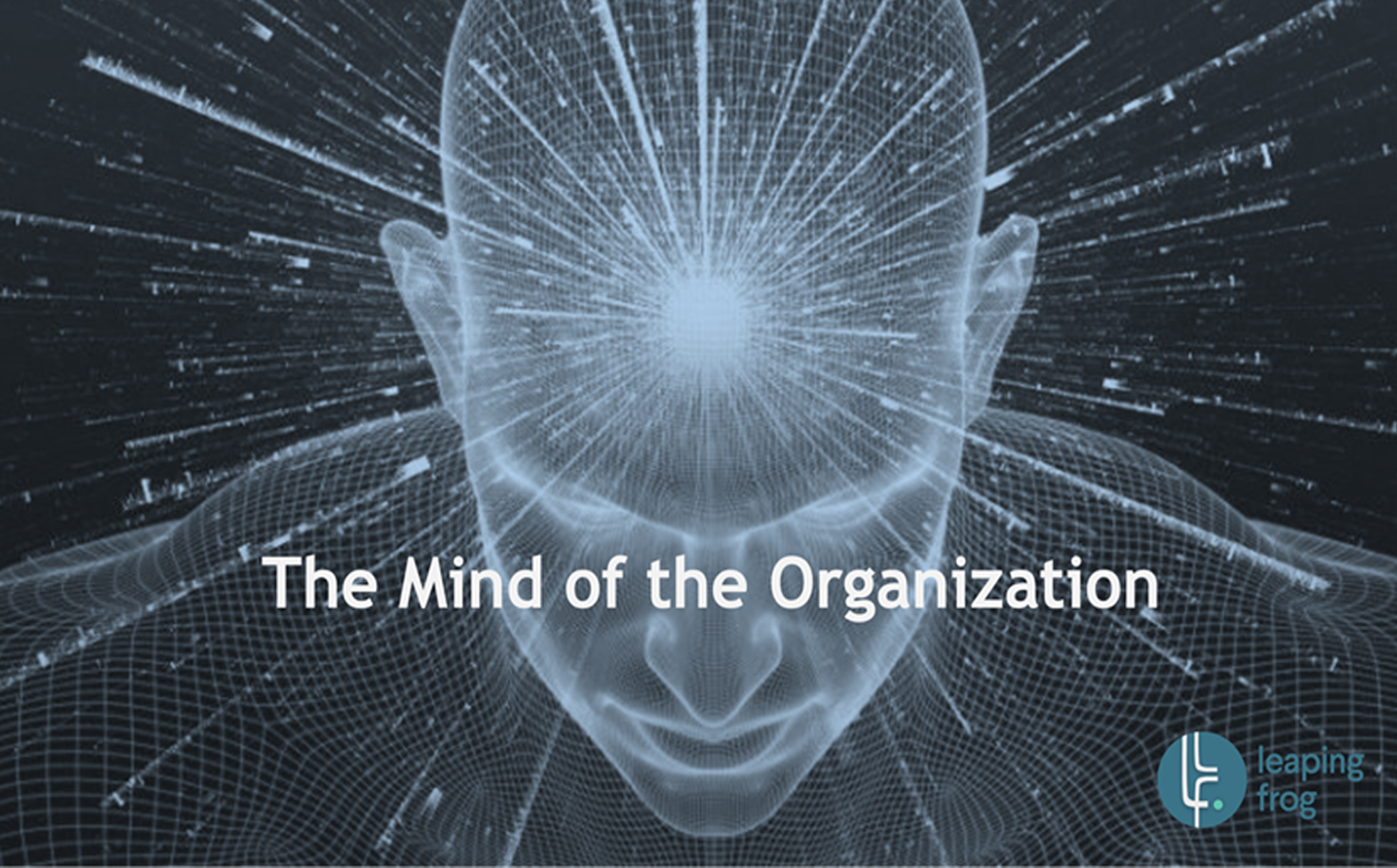
Picture: https://shorturl.at/Z2imK
The mind, particularly the subconscious, wields significant influence in shaping an individual’s reality through manifestation. This concept is rooted in the understanding that our subconscious mind, which largely governs our actions, is profoundly affected by the thoughts instilled by our conscious mind. Positive auto-suggestions breed positive thoughts and outcomes, while negative suggestions can lead to undesirable consequences. The path to a positive manifestation of the desired outcome is paved by Desire-Plan-Action. These three elements must be in harmony, serving as the checkpoints for positive manifestation. When our desires are buttressed by a solid plan and followed by action, the outcome becomes more foreseeable and successful.
This analogy can be extended to organizations, which, like humans, also possess a “mind”—a collective conscious and subconscious of tangible and intangible components. The conscious mind of the organization consists of the rationales and principles and those that are tangible – behaviors, policies, systems, structures, etc. These elements can be seen as the “rational” or “top-of-the-iceberg” aspects of the organization.
However, what truly drives the organization lies beneath the surface—the subconscious, composed of its values, beliefs, and assumptions. This subconscious is shaped by the actions and behaviors fed into it by the conscious elements. Positive alignment between the organization’s conscious (systems and structures) and subconscious (beliefs and values) is key for effective manifestation.
And because the subconscious is the driver of an organizations manifestations, the three elements of Desire-Plan- Action cycle become imperative for a positive outcomes.
Every organization has a desire, as stated in its Vision, Mission, and Goals. To achieve these desires, a plan must be in place in terms of strategy, culture, and processes. Finally, these Plans have to be put into action.
When all of these three elements align, and each serves the other, then the outcome is a translation of the manifestation into outcomes. However, these three elements of organizations often do not complement each other. While an organization may have a desire, the plan is incomplete – it is not equipped with the right strategies or processes (values, culture, policies, etc), leading to inadequate action. Even if there is a plan, the execution fails. So what would have started as a positive thought would finally not show the results.
For organizations to truly thrive, they must be attuned to both the visible (conscious) and invisible (subconscious) aspects. By identifying and aligning their thoughts, beliefs, and actions, they can achieve a positive and sustainable manifestation of their goals. It’s not just about the strategies and processes, but also about the values, culture, and policies that shape the subconscious and need to be aligned with the conscious elements for successful manifestation.




